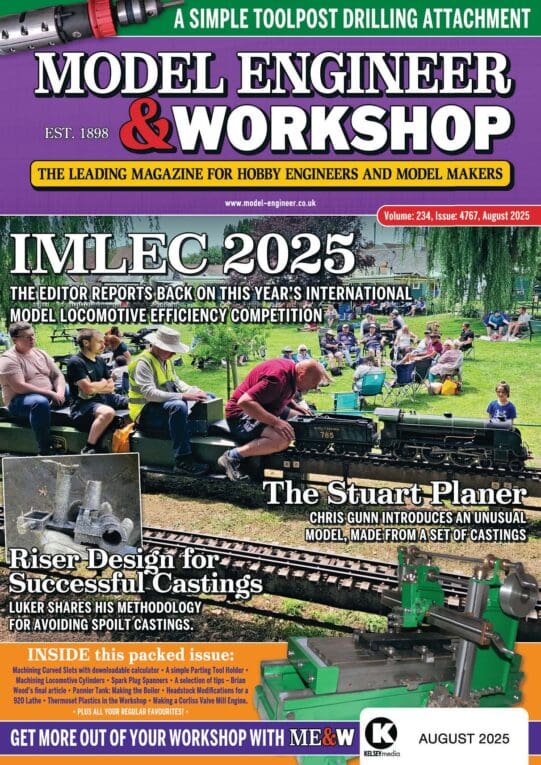On
27 February 2025 at 06:57 JasonB Said:
You would not want to make each half a tooth smaller or for that matter make the other pair each half a tooth larger. You would alter the PCD
The tooth reference is a useful shorthand, no more. The explanatory power of thinking of the problem in those terms can be useful.
To run at common centres, the discrepancy in total tooth count between the pairs is one tooth. It may be an unconventional measure, but it is legitimate nonetheless.
Somehow that one tooth discrepancy has to be accommodated by modifying minimum one, maximum four of the gears in the train. What you actually do to the gear or gears (cutting the correct number of teeth on an altered PCD) results in a one tooth correction at the end.
That one tooth required correction could be divided into four and 1/4 of a tooth’s-worth of correction be made to each gear.
The option suggested by HOWARDT is half a tooth’s-worth of correction to the 56/73 pair (making each PCD smaller by a number that equates to half a tooth at that module).
The original question would be half a tooth’s worth of correction to the 22/106 pair (making each PCD larger by a number that equates to half a tooth at that module).
Which of the three options is (a) easiest to do; (b) diverges least from the standard situation?
Half a tooth’s-worth of correction (and an increase at that) distributed among 22 teeth is much larger proportionally than half a tooth’s-worth of (decrease) correction distributed among 56t and larger again than one full tooth’s-worth of (increase) correction to a 106t gear (which could be option 4).
The closer a gear is to a rack, the lower the effect of any correction, so with acknowledgement that it is not the ‘best’ situation, but is a quick and easy solution that is likely good enough, cutting 106t on a blank sized for 107t might be pragmatic.
Alan Charleston.








